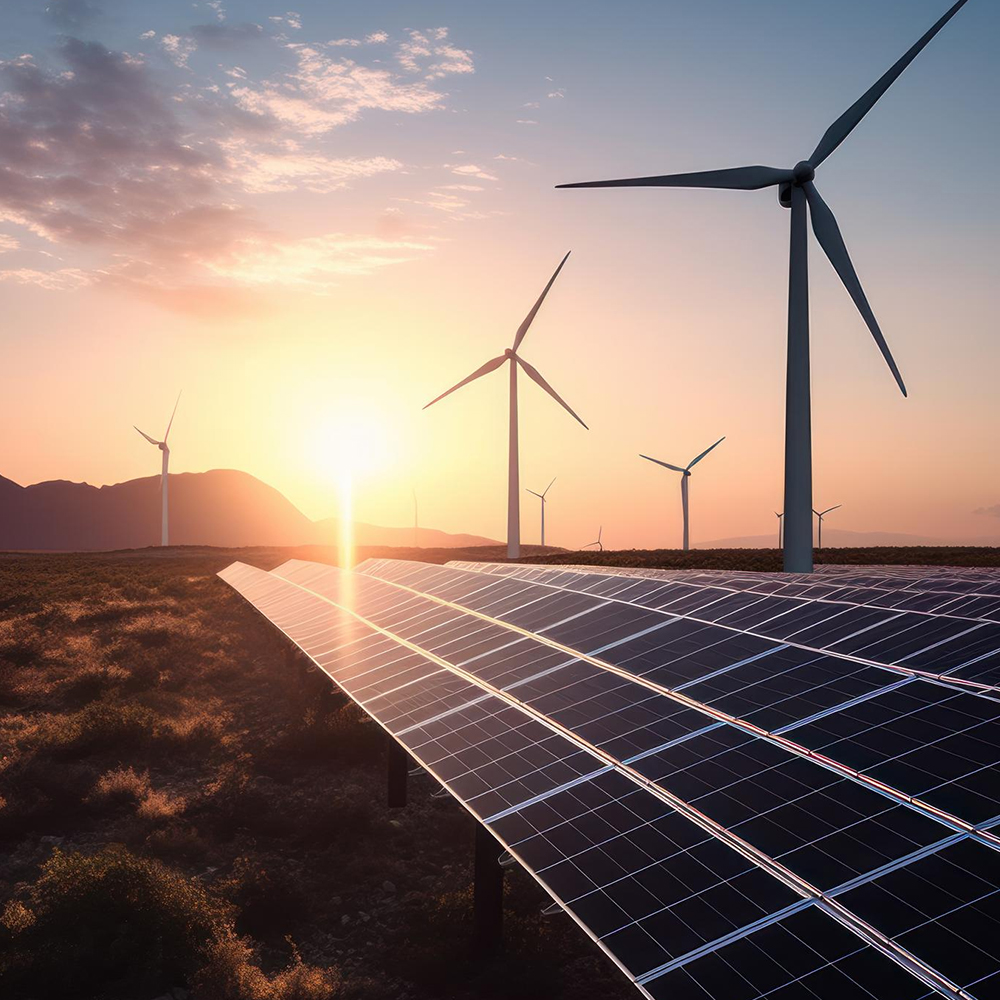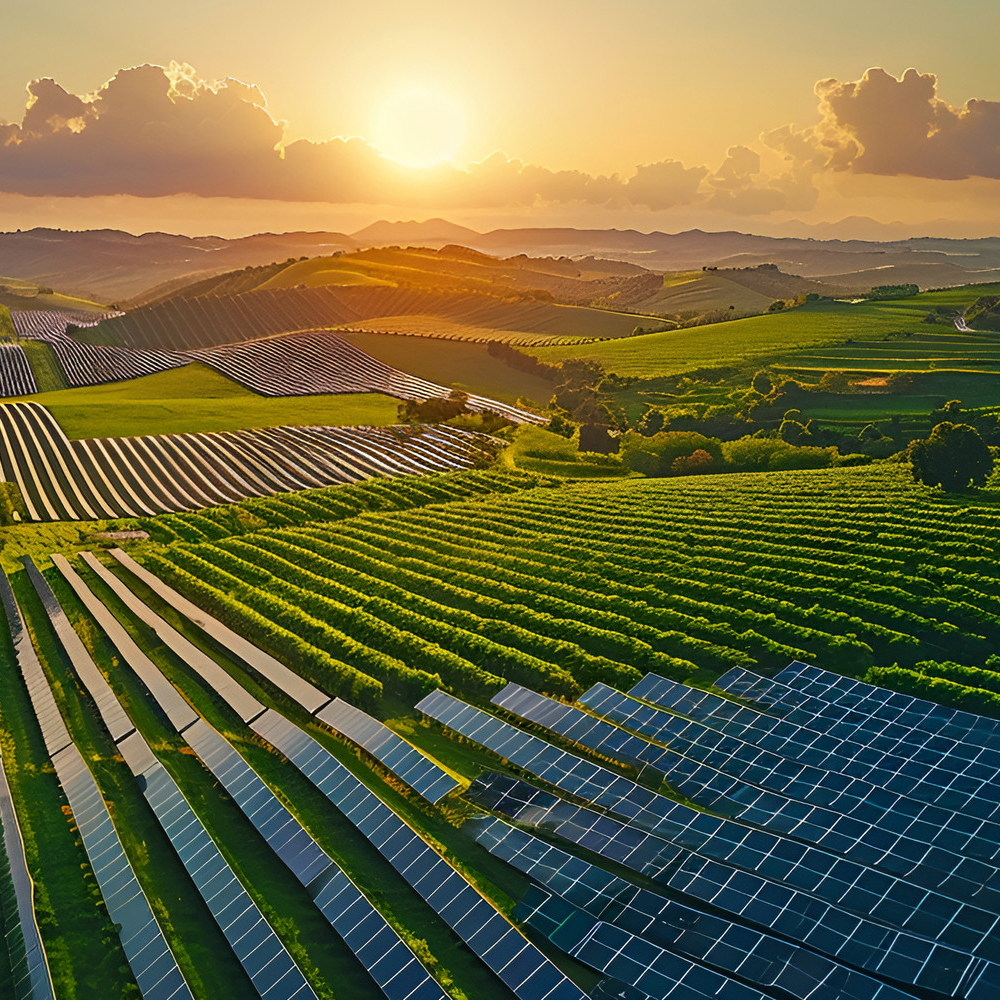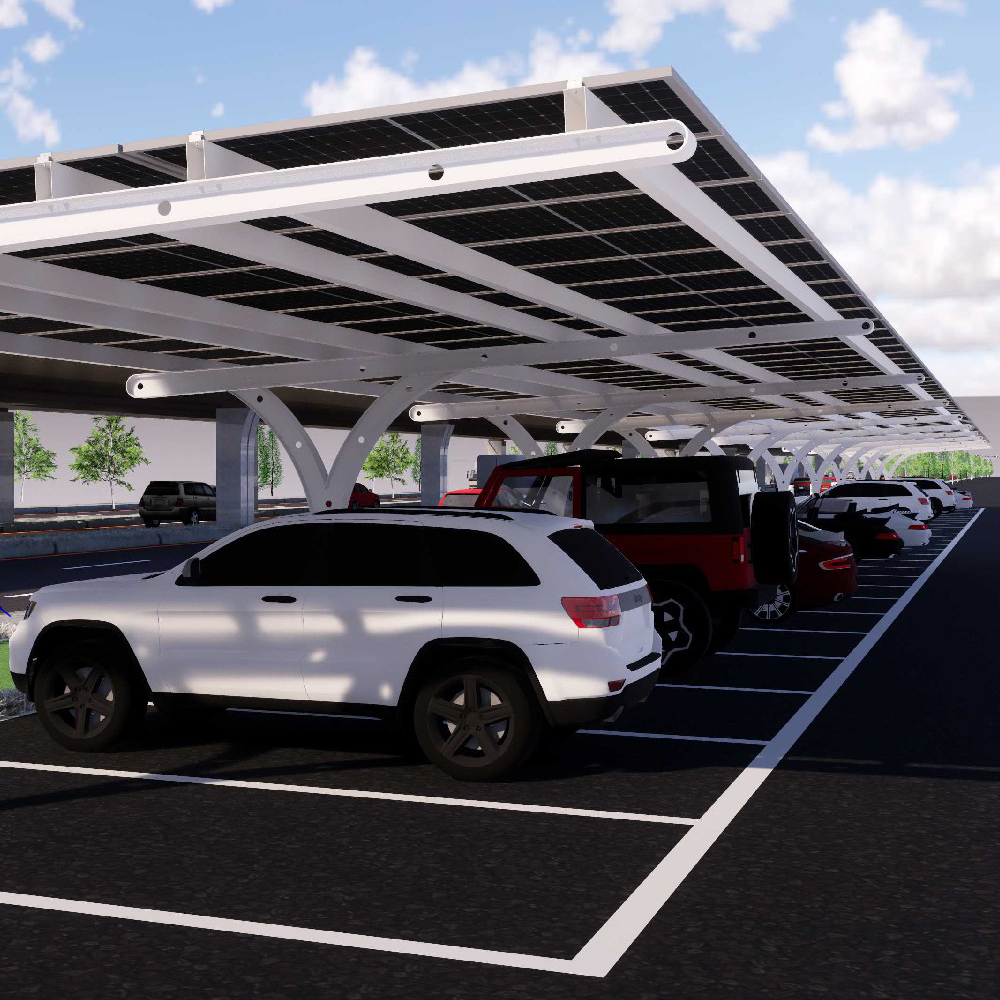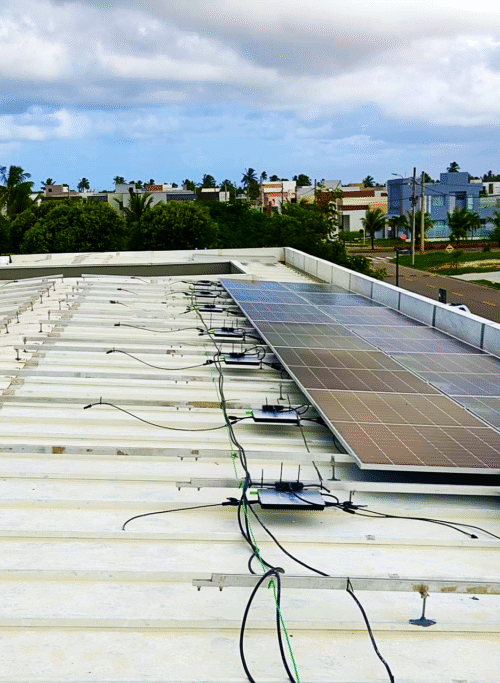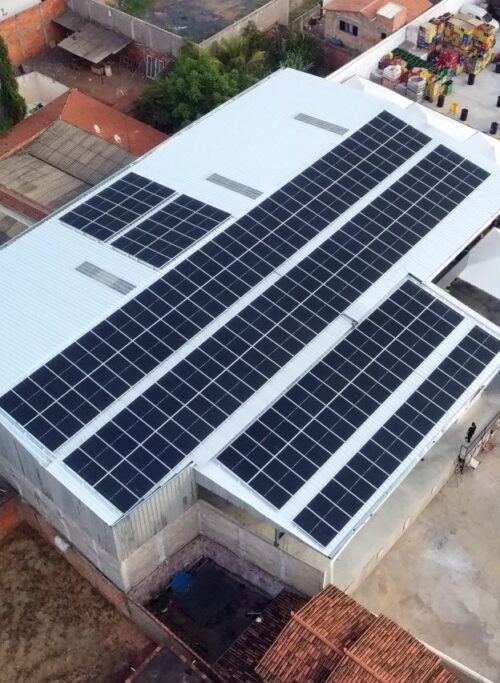Unboxing Green Energy
0
+Year
Experience
We strive to make a big difference in driving the world’s energy transformation.
Our extensive portfolio of products and solutions include PV inverters, energy storage systems, EV chargers and smart energy management solutions for applications in solar power generation, energy storage, intelligent power consumption, transportation eletrification and more.
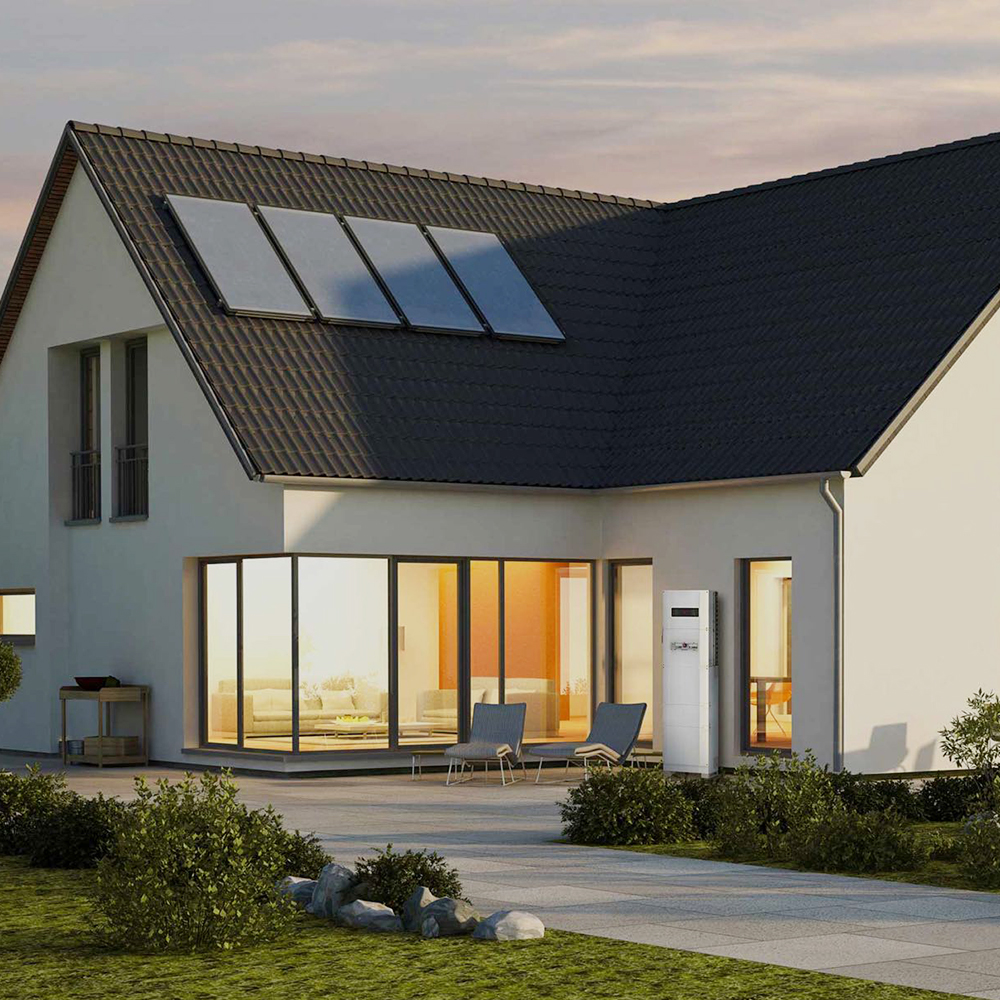
Who we are?

1
+
Exporting Country

Our Solutions
Residential Solutions
MoveTo Solar’s residential solar solutions are outstanding.
Off Grid Solar Energy System
Off Grid Solar System: Elevating Green Energy Solutions
EV Charger Solutions
MoveTo Solar offers a worry-free EV charging solution.
solar container
MoveTo Solar Energy
Unboxing Green Energy
Why Choose Us?
We are focused on contributing to a more sustainable world through efficient solutions for the renewable energy and energy efficiency markets.

60
k
Good reviews
What are they talking about?
MoveTo Solar makes going solar easy. They provide straightforward facts about the best system for your needs without a big sales pitch. Their professional team addresses all your concerns and is clearly knowledgeable. A rare, positive experience in today’s world!

erry & Jeanene - Talk
Great solar system, excellent workmanship, very professional people, they got the job done before due date, from start to finish they were excellent, would definitely recommend them to anybody.

D. Hernandez- Talk
Great people and product I am so impressed by the people in this company. Everything they do has the customer in mind. I couldn”t be happier with every aspect of the service I received. Call them! You will like them.

William John - Talk

FOR A GREEN FUTURE
Energy drives our cultural and economic progress, and in the long run, humanity and civilization itself rely on sustainable energy sources.
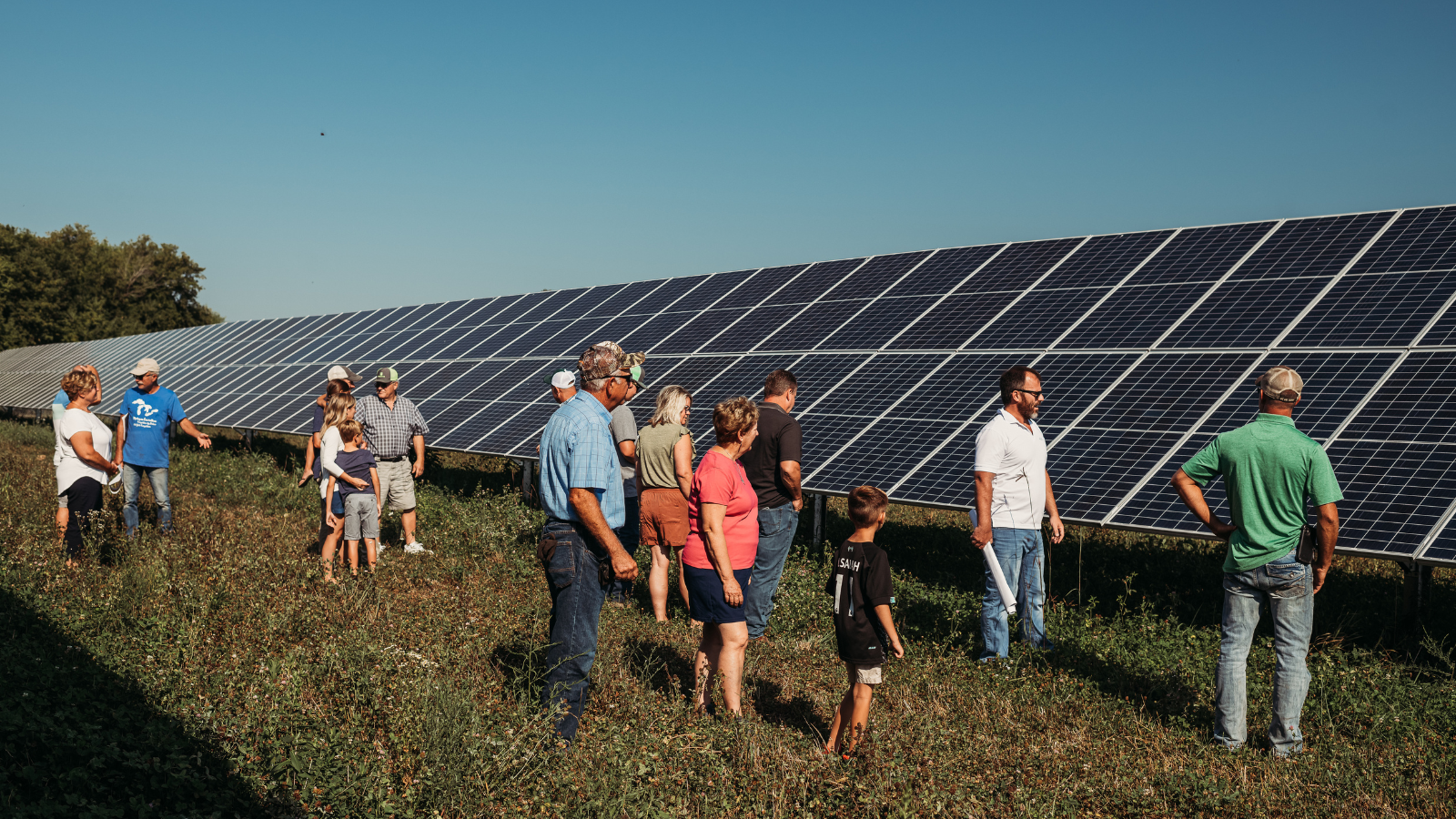
ALL-SCENARIO SOLUTIONS
Our extensive portfolio of products and solutions include PV inverters, energy storage systems, EV chargers and smart energy management solutions for applications in solar power generation, energy storage, intelligent power consumption, transportation eletrification and more.
What is solar power?
Solar power involves converting energy from the sun into electricity or heat. It is a clean energy source since it creates no harmful greenhouse gas emissions as it generates. So long as the sun shines it is considered and infinite source for electricity and heating.
Solar radiation, or electromagnetic radiation, is emitted by the sun and hits every location on Earth over the course of a year. Estimates suggest that the amount of sunlight striking the Earth in an hour and a half is enough to service the world’s energy consumption for a full year.
Electromagnetic radiation is harnessed and turned into electricity and heat using two primary methods, concentrated solar power farms, or photovoltaic solar panels. Here, we discuss how photovoltaic panels work, and how they are implemented to service energy demand.
Solar radiation, or electromagnetic radiation, is emitted by the sun and hits every location on Earth over the course of a year. Estimates suggest that the amount of sunlight striking the Earth in an hour and a half is enough to service the world’s energy consumption for a full year.
Electromagnetic radiation is harnessed and turned into electricity and heat using two primary methods, concentrated solar power farms, or photovoltaic solar panels. Here, we discuss how photovoltaic panels work, and how they are implemented to service energy demand.
How do solar panels work?
Solar power converts energy from the sun into electricity or heat. This is generated using one of two solar panels: photovoltaic solar panels, otherwise known as solar PV, or solar thermal panels.
Solar PV is made from a semiconductor material, most commonly silicon, which is installed in a metal panel frame with a glass casing. When sunlight, known as photons, hits the panel, it is absorbed by the panel’s PV cells which release electrons, producing an electric charge. The solar PV then turns this charge into an electric direct current (DC). The solar PV’s inverter then converts the DC into alternating current (AC) which is an electrical current used for plug-in appliances and wall outlets.
As for solar thermal systems, these are used for heating. Solar thermal systems are typically installed on rooftops. These panels will absorb photons which are used to heat a fluid inside an insulated cylinder, usually a mixture of water and glycol which prevents water from freezing. This heated fluid is then pumped into a heat exchanger within a building and is used to heat water tanks. Once heat is taken from the fluid, it is then sent back to the solar thermal system.
Solar PV is made from a semiconductor material, most commonly silicon, which is installed in a metal panel frame with a glass casing. When sunlight, known as photons, hits the panel, it is absorbed by the panel’s PV cells which release electrons, producing an electric charge. The solar PV then turns this charge into an electric direct current (DC). The solar PV’s inverter then converts the DC into alternating current (AC) which is an electrical current used for plug-in appliances and wall outlets.
As for solar thermal systems, these are used for heating. Solar thermal systems are typically installed on rooftops. These panels will absorb photons which are used to heat a fluid inside an insulated cylinder, usually a mixture of water and glycol which prevents water from freezing. This heated fluid is then pumped into a heat exchanger within a building and is used to heat water tanks. Once heat is taken from the fluid, it is then sent back to the solar thermal system.
Will my solar panels still work if the sun isn’t shining?
Yes. Solar panels are most effective when the sun is clearly shining, but they still work on cloudy days by absorbing energy from the light spectrum, and photons which can pass through thick clouds.
How much carbon will my solar panels save?
A typical solar panel will save upwards of 900kg of CO2 per year. A rooftop solar panel has a carbon footprint roughly 12 times lower than natural gas.
How much of my roof can I cover with solar panels?
This varies from site to site. Your installer will conduct a feasibility study prior to installation to assess your organisation’s capacity for solar.
